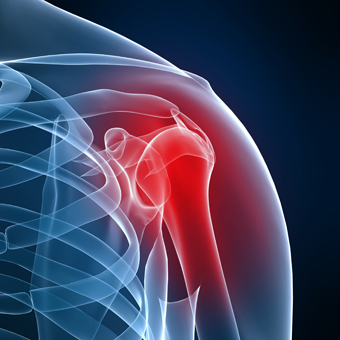
Illnesses with tumours in the bones can come under two categories: primary tumours and metastatic tumours. In the first case, cryosurgery is recommended for benign or malignant tumours. The type of treatment depends on how much the tumour has spread, and in cases of large tumours the method used is destructive intervention. In this case, cryotherapy or cryosurgery using cryogenic systems can mean a much simpler surgical technique with much less bleeding, and fewer complications than conventional surgery.
In the latter case, lesions on the bones of metastatic origin are less suitable for traditional surgery. The main problem with this type of tumour is the pain. Cryosurgery is deemed suitable 24 hours after the operation with considerable pain relief. Cryosurgery is compatible with other techniques such as radiotherapy.
Cryosurgery is effective in the short, and especially, long term. The technique is CT guided using cryoneedles in a suitable number and size for the lesion. Lesions on the bones are associated to tumours which grow under the skin, causing aesthetic and painful deformity. In this sense, cryosurgery helps to reduce the pain and growth of these tumours.
CRIOCIRUGÍA MÁLAGA. Cáncer de Recto.from ICCC Criocirugía Málaga.
Dr. Franco Lugani explains the case of a UK patient with cancer in the sacrum which required the application of chemotherapy and radioteapia. This treatment did not obtain the expected results and the pain persisted, the patient impidiento sit. Again, cryosurgery was presented as the best alternative for this type of ailment.
The intervention was accessed the affected area with the help of CT to guide low temperature cryoprobes that ended the tumor. Was performed under local anesthesia and the patient was able to go home the next day.
A breakthrough in the fight against cancer.


